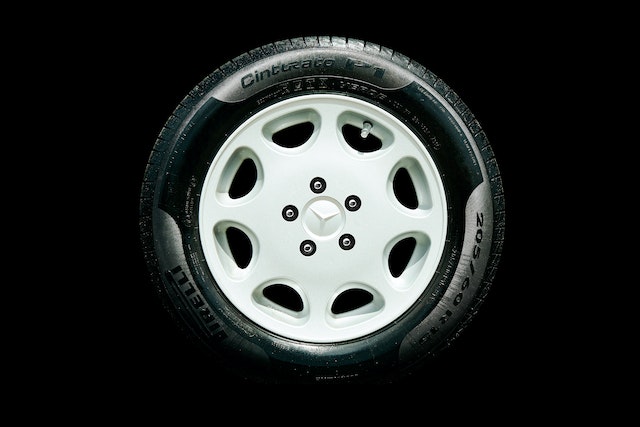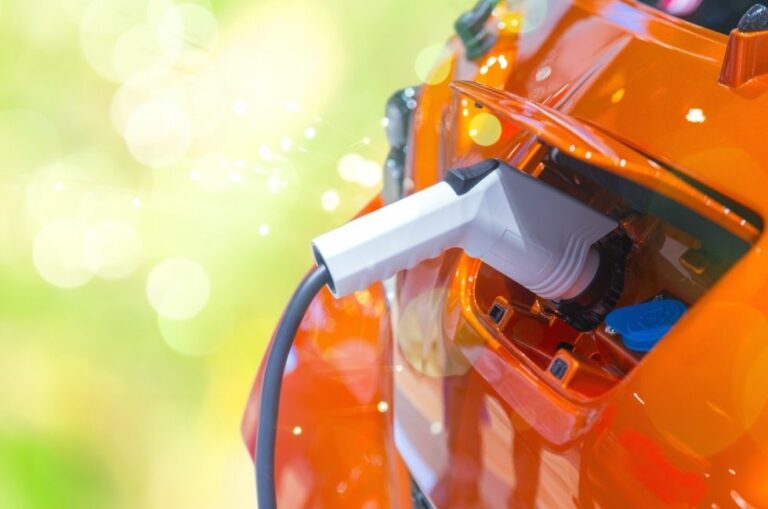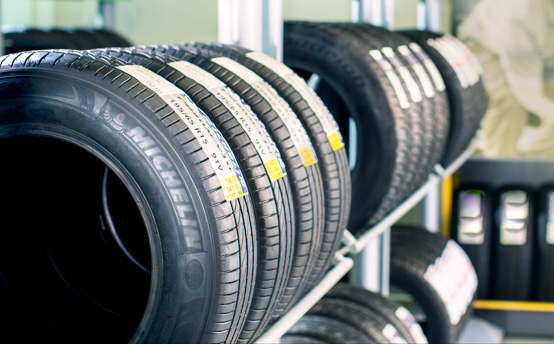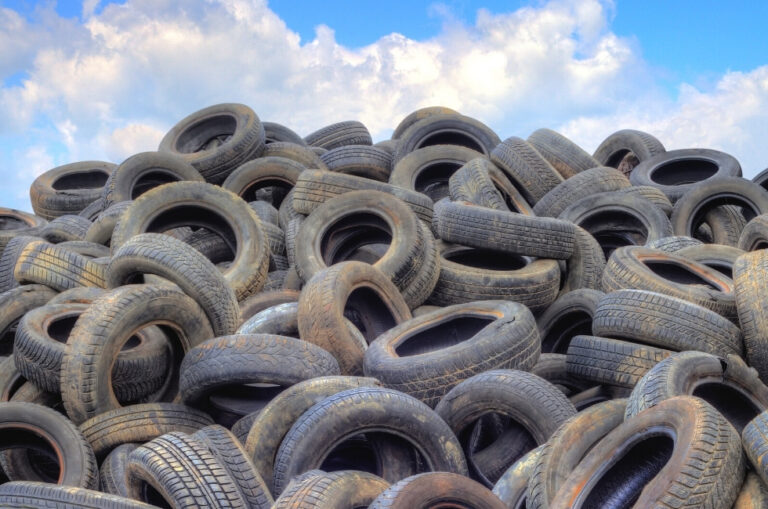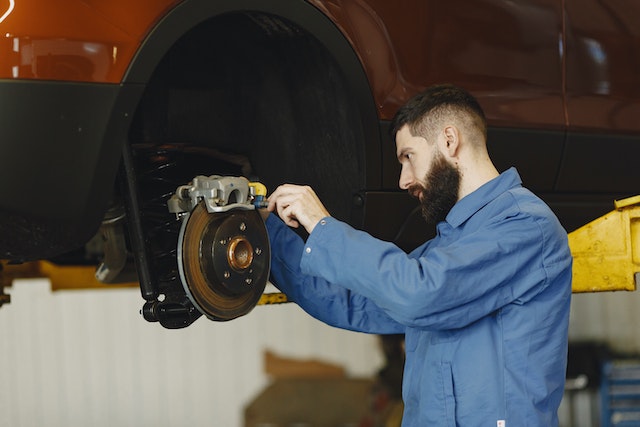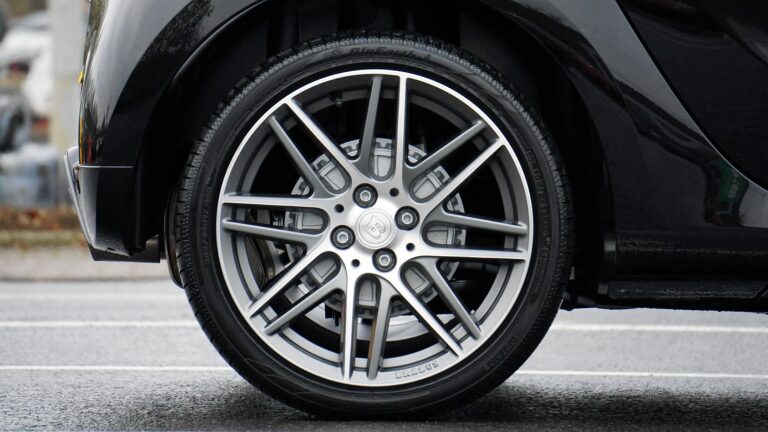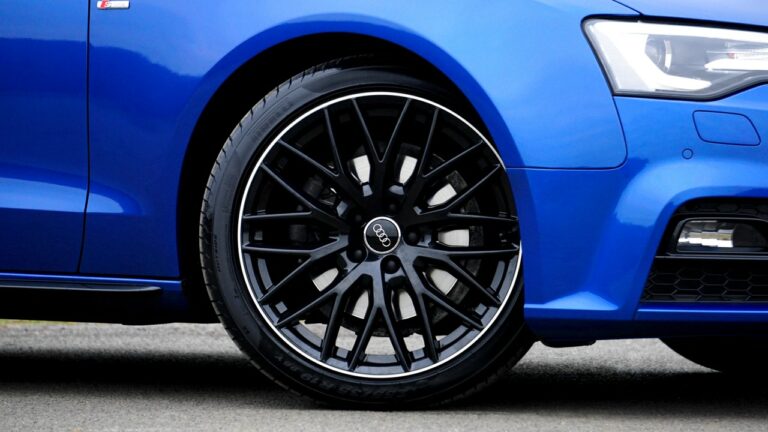The tyre recycling process: Re-purposing old tyres
Tyre recycling is a very intricate, and unique process. For well over two decades, Branigans Tyres has specialised in tyres, and has integrated quality tyre recycling into their vast range of expertise.
“Tyre recycling is converting worn or damaged tyres to be either repurposed for a new product, or recreating recycled, stronger and environmentally conscious tyres,” says Chris Lett, Australian tyre recycler and owner of Branigans Tyres. “At Branigans, the team instills new life into recycled tyres to ensure customers receive expertly developed recycled tyres,” Lett adds.
Quality enhancement is a major priority, along with safety and masterful features that rival a freshly produced tyre. Thus, second-hand tyres are re-enforced and redeveloped to ensure that performance is equal to, or potentially better than new tyres.
Not only can tyres be recycled and second-hand tyres produced, tyres can also be recycled and the rubber used for a variety of products.Chris Lett discusses the tyre recycling process, and aims to simplify the complex process.
“The tyre recycling process that enables tyre rubber to be repurposed for other products is rather specific and includes the following steps.Waste Tyre Collection, Tyre Shredding, Steel liberation, Screening, Cleaning, and, Packing and Transporting,” says Lett.
Waste tyre collection: Businesses or individuals dealing in tyre recycling, collect tyres which are then sent to points of collection, to which tyre dealers are then remunerated.
Tyre shredding: After collection, tyres are sent to processing plants and are cut into small pieces. The tyre size is then reduced into a material that can be easily handled. With the aid of tyre shredders, tyres are cut up or shredded using the rotating shafts. This phase produces two-inch length shreds.
“At this phase the process takes two forms, Mechanical and Cryogenic systems. Mechanical systems consist of scraping scrap tyres into smaller chips at room temperature. Ideally, one can place rubber shreds into a granulator with screens to monitor the size the shred can be reduced to,” says Lett.
“Cryogenic systems, however, shutter smaller chips by freezing the scrap tyres at lower temperatures. Liquid Nitrogen is used, and cools the tyre shreds. Cold and brittle rubber is passed through hammer mills in this phase, and broken down into tiny particles,” Lett adds.
Steel liberation: All the steel is removed with magnets. Separating fibres from other components through air classifies is also done at this stage. Steel wires are removed and recycled, and these can be sent to roll mills, and can be used in manufacturing new wheels.
Screening: Once the wires have been removed from the tyre rubber, it is then screened in large volumes, with all sized rubbers organised according to size.
Cleaning: Water, and cleaning agents are used to clean screened rubbers.
Packing and Transporting: The clean rubber is then packaged and distributed to processing plants where it can be repurposed into other products.
“Tyre recycling is a phenomenal process that can either re-purpose or recreate. Either are best, through the production of second-hand/ recycled tyres. The finest details are met to ensure that a tyre that was once used, must perform twice as better in promoting both the ideal safety for drivers, as well as well-rounded quality “, says Lett.
Branigans Tyres has well-established workshops in Burleigh Heads and Southport in the Gold Coast region. Checkout their full range of services or current featured promotions. Branigans award-winning affordable tyre subscriptions package starts at $7.97 and helps motorists budget for their ongoing tyre needs.
Vehicle owners are encouraged to drive in at their convenience as no pre-bookings or appointments are required. The branches are Burleigh Heads: (07) 5535 2660 situated at 13 Flagstone Drive or Southport: (07) 5591 8633 located at 1/277 Southport-Nerang Rd.
Written and syndicated by YDMA News.

